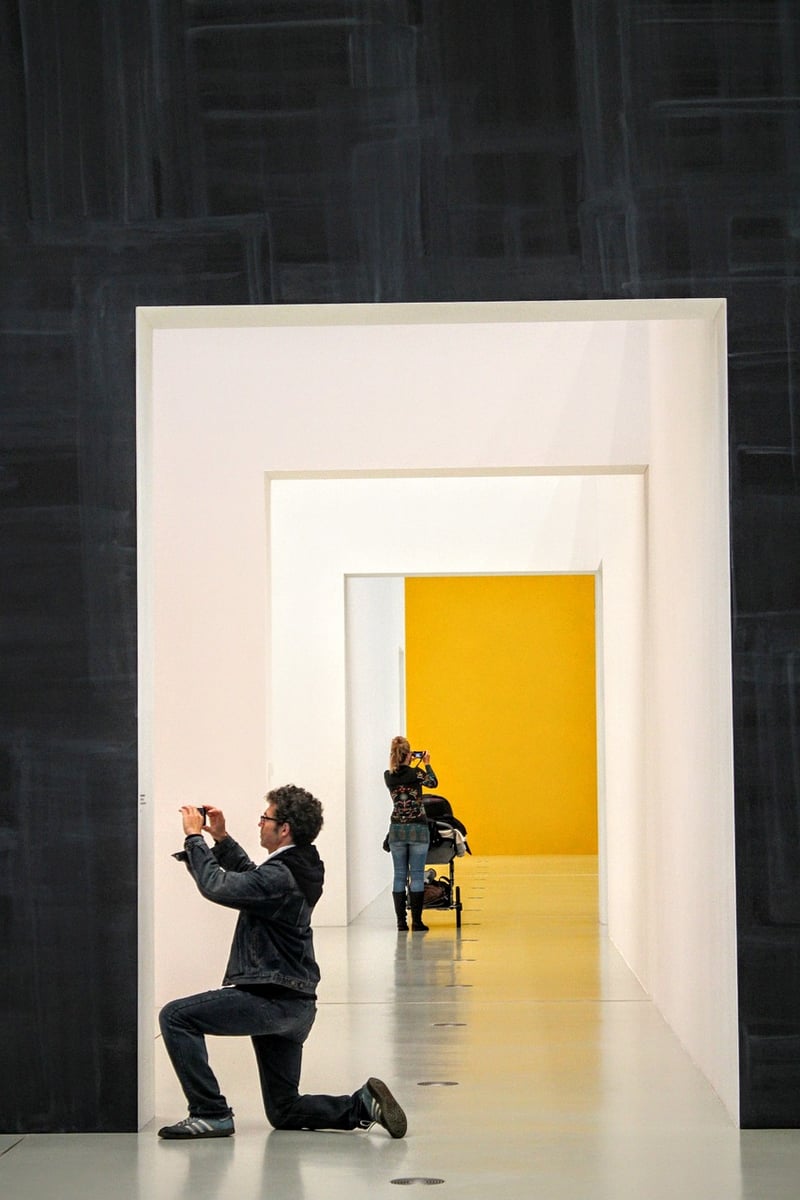Light Requirements
Enhance Your Vertical Display: Understanding Light Requirements
In the world of interior design and home decor, creating a visually appealing vertical display can completely transform a space. Whether you're showcasing artwork, photographs, or decorative items, understanding the role of light is crucial in enhancing the beauty and impact of your display. Let's delve into the importance of light requirements when it comes to vertical displays.
Why Light is Key
Lighting plays a significant role in how our eyes perceive and interpret objects on a vertical display. The right lighting can highlight the focal points of your display, create contrast, and even evoke certain emotions. Insufficient lighting can make your display appear dull and uninteresting, while harsh lighting might wash out the details of your items.
Types of Light
There are three primary types of light to consider for your vertical display:
- Natural Light: Sunlight can bring out the true colors and textures of your items. However, direct sunlight exposure may cause fading or damage over time. Indirect natural light is ideal for most displays.
- LED Lighting: LEDs are energy-efficient and versatile. They come in various color temperatures, allowing you to customize the ambiance of your display.
- Halogen and Incandescent Lighting: These lights emit a warm glow that can add a cozy feel to your display. However, they generate more heat and consume more energy compared to LEDs.
Placement and Direction
The placement and direction of light sources can dramatically impact your vertical display. Here are some tips to optimize lighting:
- Position lights above or below the display to minimize shadows.
- Use adjustable fixtures to direct light precisely where you want it.
- Avoid placing light sources too close to delicate items to prevent heat damage.
Choosing the Right Light Intensity
Light intensity refers to the brightness level of your light source. The ideal intensity depends on the size and nature of your display items. Larger displays may require higher intensity to ensure even illumination, while smaller items might benefit from softer lighting to prevent glare.
Conclusion
By paying attention to light requirements and implementing the right lighting strategies, you can elevate the visual impact of your vertical display. Experiment with different lighting options to find the perfect balance that showcases your items in the best possible light.
Remember, lighting is not just about illumination; it's an essential tool for creating ambiance and enhancing the overall aesthetics of your space.

Image source: Pixabay
